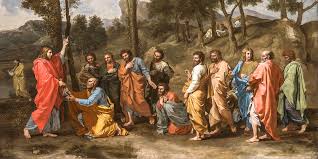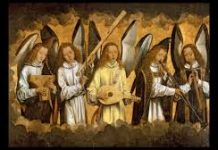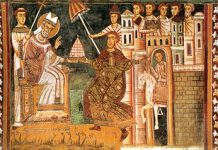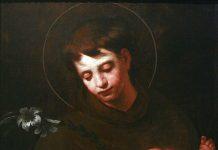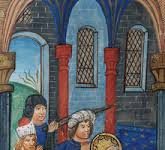BENEDICT XVI
GENERAL AUDIENCE
Saint Peter’s Square
Wednesday, 6 September 2006
Philip the Apostle
Dear Brothers and Sisters,
While we continue to outline the features of the various Apostles, as we have been doing for several weeks, today we meet Philip. He always comes fifth in the lists of the Twelve (cf. Mt 10: 3; Mk 3: 18; Lk 6: 14; Acts 1: 13); hence, he is definitely among the first.
Although Philip was of Jewish origin, his name is Greek, like that of Andrew, and this is a small sign of cultural openness that must not be underestimated. The information we have on him is provided by John’s Gospel. Like Peter and Andrew, he is a native of Bethsaida (cf. Jn 1: 44), a town that belonged to the Tetrarchy of a son of Herod the Great, who was also called Philip (cf. Lk 3: 1).
The Fourth Gospel recounts that after being called by Jesus, Philip meets Nathanael and tells him: “We have found him of whom Moses in the law and also the prophets wrote, Jesus of Nazareth, the son of Joseph” (Jn 1: 45). Philip does not give way to Nathanael’s somewhat sceptical answer (“Can anything good come out of Nazareth?”) and firmly retorts: “Come and see!” (Jn 1: 46).
In his dry but clear response, Philip displays the characteristics of a true witness: he is not satisfied with presenting the proclamation theoretically, but directly challenges the person addressing him by suggesting he have a personal experience of what he has been told.
(To continue reading, please see here)

